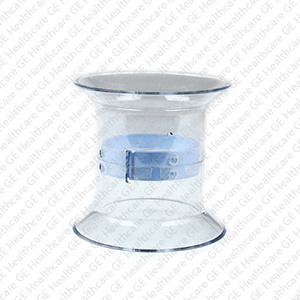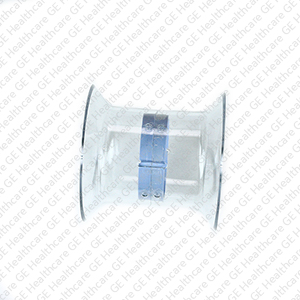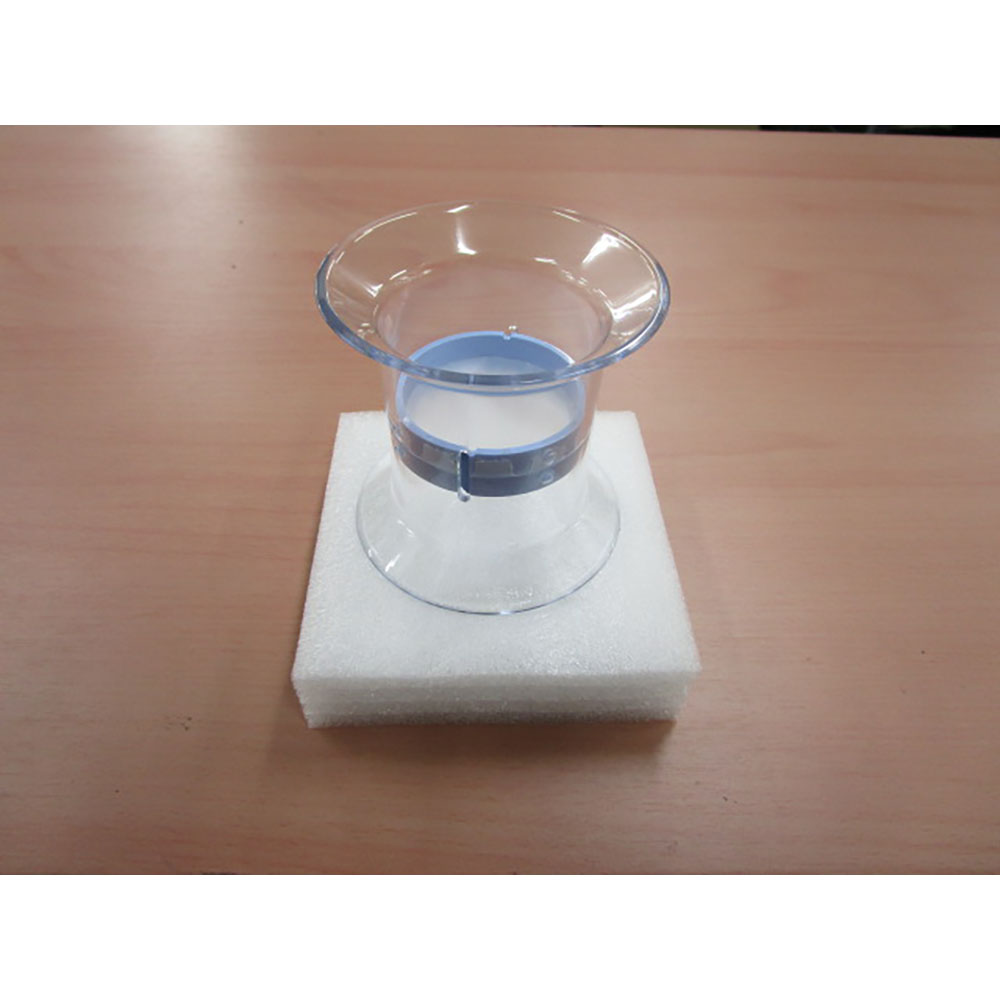
Achilles EXPII QA Cylinder
| LU44588 | |
| GE HealthCare | |
Enter your approval number and submit to add item(s) to cart.
Please enter approval number
OR
Don't know your approval number? Call 800-437-1171
Enter opt 1 for the first three prompts, and have your System ID available.
If you add item(s) to cart and submit your order without the
approval number, GE will contact you before your order
can be confirmed for shipment.
Select your approver's name and submit to add item(s) to your cart
Please Select Approver Name
OR
Don't know your approval number? Call 800-437-1171
Enter opt 1 for the first three prompts, and have your System ID available.
If you add item(s) to cart and submit your order without
selecting an approver, GE will contact you before your order
can be confirmed for shipment.
Product Overview
The Achilles EXPII QA Cylinder assembly is a spare part of the Achilles EXPII device. It is placed between the deflated membranes. The QA cylinder is used to perform the QA procedure in the Achilles EXPII device. It consists of the QA cylinder assembly and a plastic bag. The QA cylinder assembly also consists of the QA cylinder, body, retaining ring and baffle sheet. The Achilles EXPII device is the bone ultrasonometer that produces high frequency ultrasound waves to evaluate the bone status in the heel and the os calcis. The Achilles EXPII measure the speed of sound and the frequency dependent attenuation of the sound waves are combined them to form clinical measurements. These clinical measures are also called the stiffness index. The stiffness index indicates risk of osteoporotic fracture in postmenopausal women compared to bone mineral density (BMD) as measured by X-ray absorptiometry at the spine or hip. The stiffness index results expressed as t-scores that are used to diagnosis the osteoporosis
- My Recently Viewed Items





